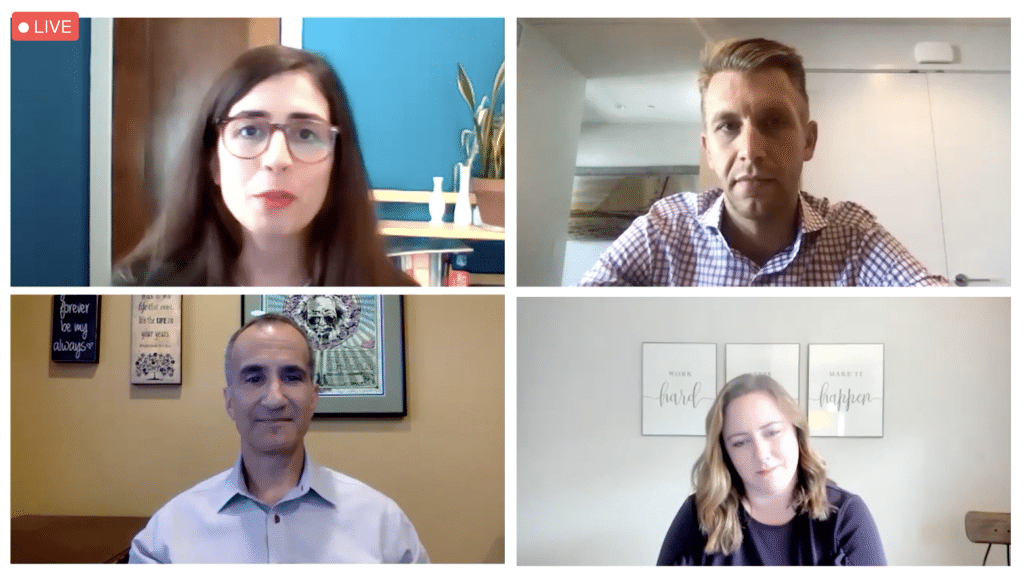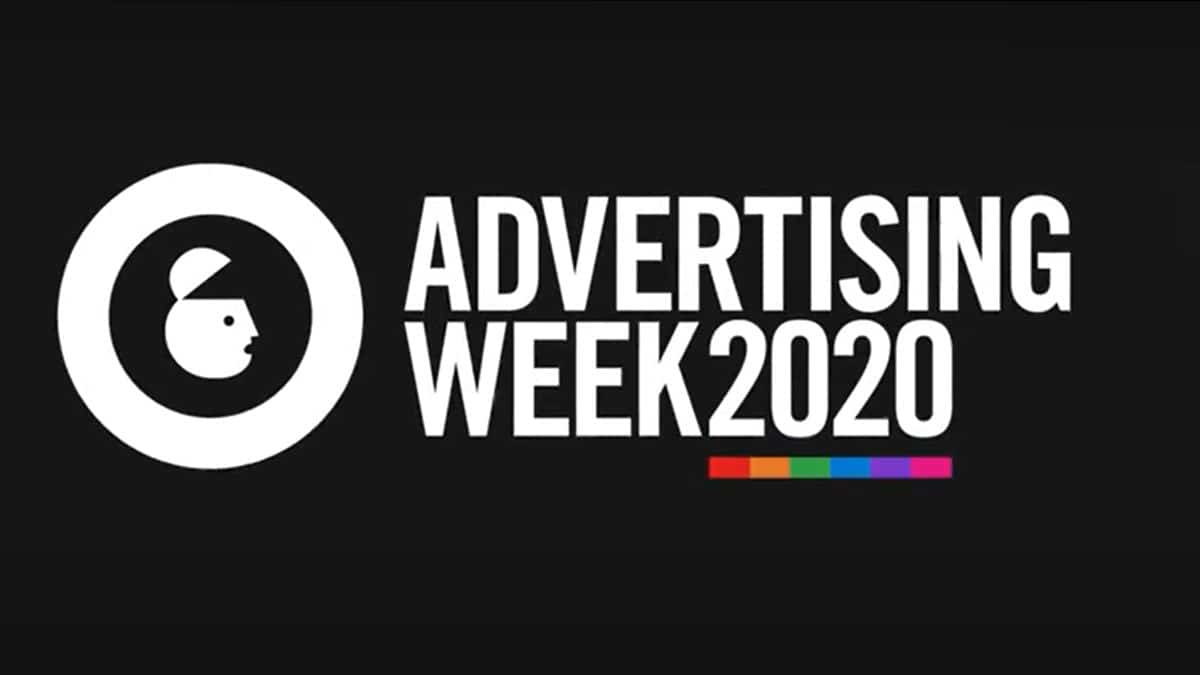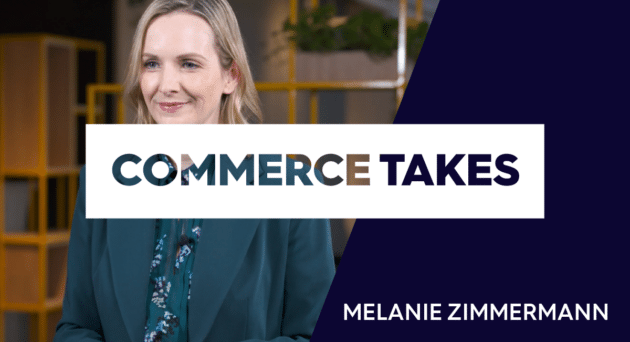The future of online identity is one of the most pressing topics in the advertising industry today. That’s why it was so important for us to assemble a panel of world-class marketing minds in an identity-focused panel during last week’s Advertising Week to discuss what’s working, what’s not, and how our industry can move forward.
The discussion featured Len Ostroff, Criteo’s SVP of Strategic Partnerships and Alliances, Amanda Martin, Goodway Group’s VP of Enterprise Partnerships, Travis Clinger, LiveRamp’s SVP of Addressability and Ecosystem, and was moderated by Nicole Perrin, Principal Analyst at eMarketer.
The main theme of the panel was industry collaboration, but the group also debunked several myths about the future of online identity:
Myth #1: Contextual advertising today is the same as it was 20 years ago.
Advertising needs to continue to provide relevance and utility to consumers, but if marketers are no longer able to leverage third-party cookies and if the limitations to Apple’s mobile ad ID (identifier for advertising or IDFA) continue to grow, they may need to focus on more content-based methods of personalization that do not leverage consumer data. The concern with this approach is the resulting advertising would be less personalized. to consumers, since it wouldn’t be as specific to their needs.
But the panel unanimously agreed we’ve made too many advancements as an industry for this to be the case. While we should expect many marketers to leverage contextual advertising, which is based on the content of the website a consumer is visiting, Criteo’s Len Ostroff explains, “Contextual 20 years ago is not contextual today, and the depth of machine learning that can be put upon an impression is much greater to create more value for that advertiser.”

Myth #2: One-to-one advertising will no longer exist.
The planned deprecation of third-party cookies doesn’t mean the end of one-to-one advertising. User-level advertising will mainly occur through access to first-party data through direct-to-consumer activations or partnerships. The benefit of first-party data is that it already has consumers’ consent to use it, ensuring respectful advertising practices.
But one-to-one advertising won’t be the only form of personalization that exists. We’re likely to see a mix of scenarios and identities that will interoperate to also include interest group advertising, based on a group of people with shared similar interests, and the previously mentioned contextual advertising.
Myth #3: A better solution for identity will only benefit consumers.
While advertising absolutely needs to be consumer-centric, that doesn’t mean that a new identity solution has to be at the detriment of the rest of the advertising ecosystem. The truth is that the industry needs to do a better job of educating consumers on the value exchange of advertising, as well as providing them with transparency into how their data is used and a simple way to take control of their advertising preferences. This way, consumers will better understand the benefits they gain in the advertising value exchange and are more likely to participate, which helps them as well as the entire ecosystem — including advertisers, publishers, and AdTech companies.
When it comes to making identity changes with the consumer in mind, Goodway Group’s Amanda Martin states, “They need to feel that we’re doing it for them and not for ourselves. We’re worried about fixing the fact that cookies and IDFA are going to break, but we really should be concerned about how the consumer sees our actions and sees how the brands who are using that data serve them relevant advertising. They need to see that value proposition and value it themselves.”
Myth #4: There will be one clear solution to online identity.
The future of online identity will not come down to one proprietary solution, but rather collaboration across the entire industry that leverages the strongest points from multiple contributors. Above all, the identity solution that becomes the standard needs to be open and flexible to adapt to evolving regulations.
And this solution can’t be built in a silo — it needs to be global. LiveRamp’s Travis Clinger elaborates, “We have to build something that’s sustainable, that will work five years from now . . . and it should be global. Marketers don’t want to buy a U.S. identity solution, then a German identity solution, then a Chinese identity solution — they want to run global campaigns.”
Myth #5: Advertisers and publishers must wait until solutions are “fully-baked” to get involved.
One aspect of solving for the future of identity that makes it so unique is that it will require advertisers and publishers to get involved earlier in the process. Typically, advertisers are presented with final solutions that they can decide whether or not to integrate into their tech stacks, but in this case, Amanda Martin states, “We’re asking publishers and buyers to take a step out of their normal role . . . they need to become more active, and we’re starting to see that.”
eMarketer’s Nicole Perrin adds, “I’ve been hearing a call from AdTech for buyers to really get involved and make their voice heard in terms of what they need for these solutions and noting both to buyers and publishers that you are going to have start testing these things out today.” And marketers do have the ability to test today in environments where third-party cookies don’t exist to start better understanding what will work best.
As advertising players move forward, the question is: “Can an industry that thrives on competition work together toward a better solution to online identity?” The answer, according to this expert panel, is yes. Browser changes are forcing the hands of innovation to create a solution that works better for consumers, as well as the advertising ecosystem as a whole, in a way that reduces reliance on one particular identifier. Together, we have a chance to build a stronger solution that provides transparency, efficacy, and flexibility — and we need to take it.
Find insights on the future of online identity from our CEO, Megan Clarken, here.






















